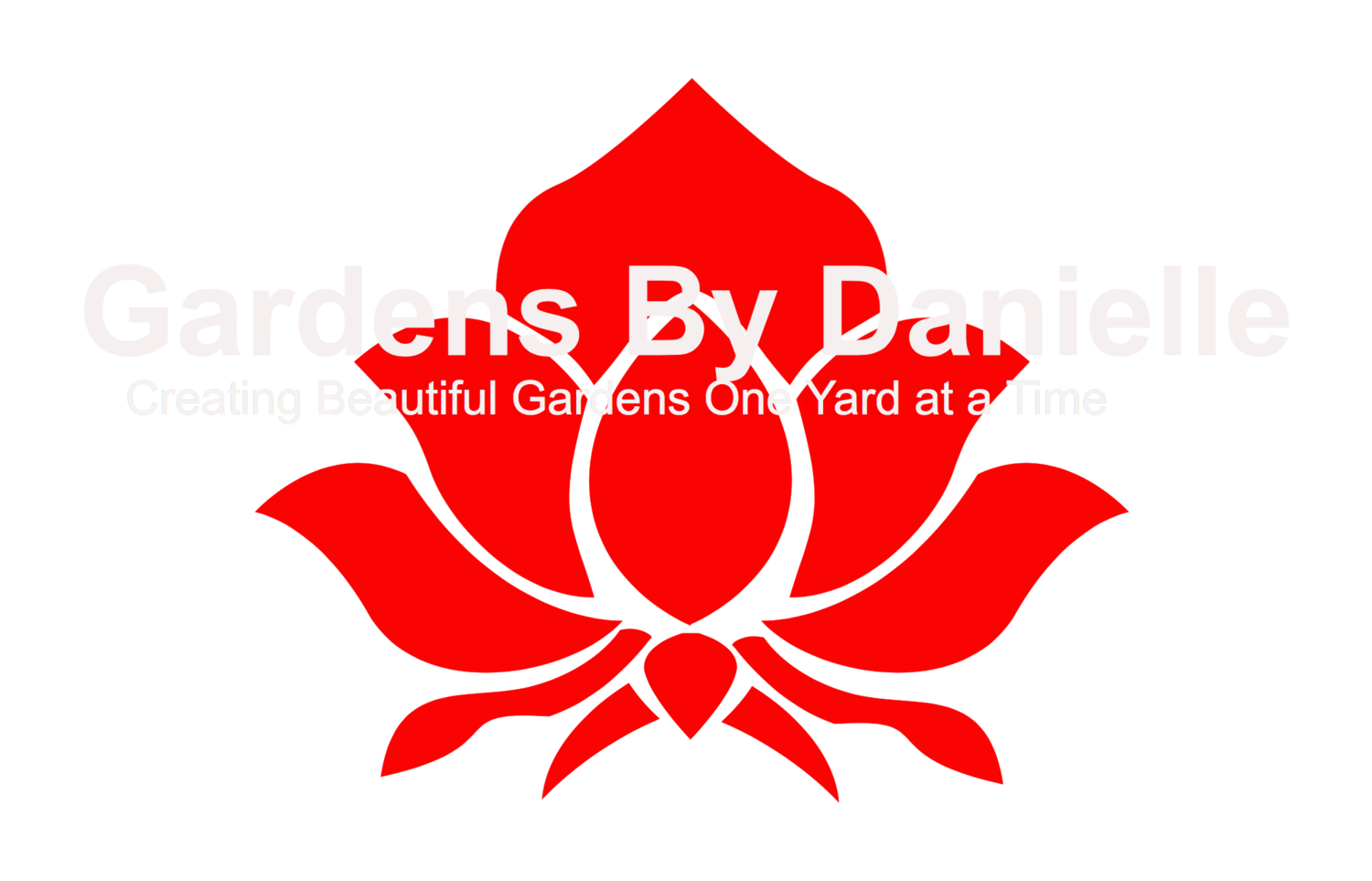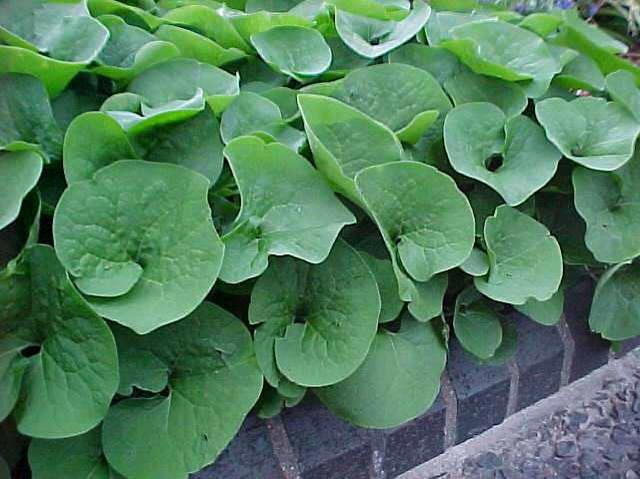
Welcome to Gardens By Danielle's blog! The blog will provide readers with tips and tricks for all things garden related, as well as give timely tips once a month. We hope you enjoy it!
What's the Deal About Native Plants?
You may have seen Native plants being advertised at garden centers, at horticulture societies or at the Philadelphia Flower Show in the last couple of years. There is still some confusion about what Native plants are or what they do. Native plants offer many advantages to gardens and the environment. To understand what those benefits are, you need to understand what makes a plant Native.
A Native plant is any plant that grew in Pennsylvania before the European Settlers arrived. Native plants are not exotic plants that were brought in from other Countries. These days there are unfortunately a lot of invasive, non-native species that were brought into the U.S. that are now starting to choke out a lot of the existing Native species. Native plants have adapted to grow in the local conditions of PA, but so too have some of the non-native species.
Native plants offer many benefits for the environment, wildlife and us. Here are some of those benefits:
Since Native plants already thrive in our climate, they are low maintenance, once they are established. A lot of these species are tolerant of poor soil and little to no added fertilizer.
Native plants increase diversity of Pennsylvania’s wildlife by providing beneficial insects shelter and food, which a lot of local songbirds and other wildlife then consume. Without a steady supply of insects these animals won’t survive. Monarch butterflies, bees and a lot of species of birds are already threatened. Beneficial insects also eat pests and help to pollinate fruit and vegetable crops to help increase harvest.
A lot of species of Native plants also have deep root systems, which can filter and soak up contaminants and pollutants in ground water, stopping it from ending up in our drinking water.
Native plants are also drought tolerant, once established.
How To Obtain Native Plants:
-Never collect from the wild
-Order or purchase specimens that have been nursery raised from a reputable mail order catalog or plant nursery.
At the end of this post, I’ll list some good sources for Native plants.
Here are some of my favorite Native Perennials:
Aquilegia canadensis- Columbine -Great spring bloomer, reseeds easily
Asarum canadense- Wild Ginger -Great for shade gardens and as ground cover
Asclepias tuberosa- Butterfly Weed -Attracts butterflies, reseeds easily
Aster novae-angliae- New England Aster -Great late season bloomer
Baptisia australis- Wild Blue Indigo -Great spring bloomer, gets large
Lobelia cardinalis- Cardinal Flower -Attracts hummingbirds
Echinacea purpurea- Purple Coneflower -Attracts butterflies, great late season bloomer
Geranium maculatum- Hardy Geranium -Great ground cover
Phlox paniculata- Garden Phlox -Showy flowers, summer blooming
Monarda didyma- Bee Balm -Bright, colorful flowers in summer, attracts hummingbirds
Native Plant Sources:
Primex Garden Center, Glenside, PA- www.primexgardencenter.com
Prairie Moon Nursery, Winona, MN- www.prairiemoon.com
Sources:
Penn State Extension: Pennsylvania Native Plants for the Perennial Garden, Schmotzer, Constance. Updated: 2013. http://www.extension.psu.edu, 9 Jan. 2019.
Asarum canadense- Wild Ginger (Photograph Courtesy of: Missouri Botanical Garden)
Annual or Perennial?
As a professional, I often get asked what the difference between an annual and a perennial is. To clear that confusion up, I have decided to clarify it with this post. When talking about annuals and perennials, people are often referring to flowers, but these terms can also be used when talking about herbs.
Annuals: Annuals are flowers and herbs that live out their entire life cycle in one season. This means that the plant flowers/fruits and produces seed before dying in the fall. The next spring, these plants have to be replanted, because they can't survive in our winter hardiness zone here in PA. These plants usually grow as perennials in more mild, tropical climates. Examples of annuals are: Impatiens, Petunias, Pansies, Marigolds, and Nasturtiums.
Biennials: Biennials refer to flowers that grow for one season, then come back the next season and die the third season. These plants flower/fruit, then produce seeds during the first and second year of their lifecycle, then die after that. An example of a common biennial is Snapdragons.
Perennials: This term refers to flowers/herbs that flower/fruit every season, die back in the fall and come back every spring. Perennials don't have to be replanted every year like annuals do. An example of some common perennials are: Gaillardia, Daisies, Rudbeckia, and some species of Salvia.



